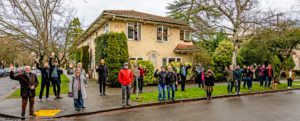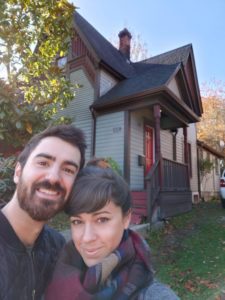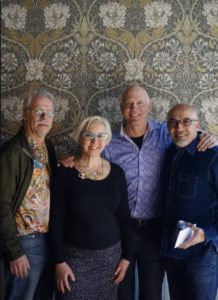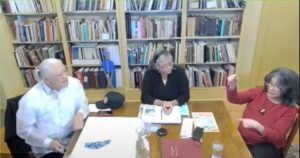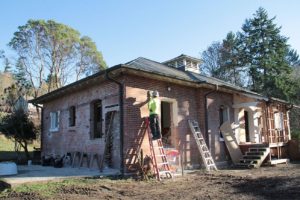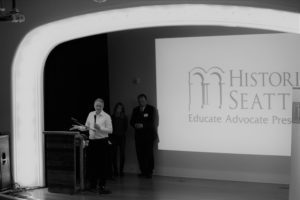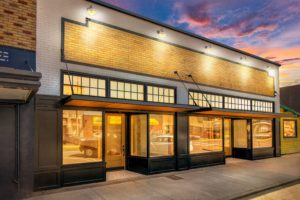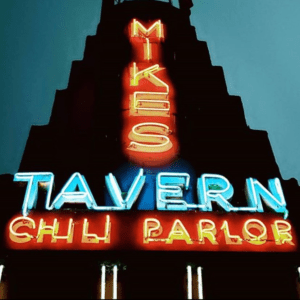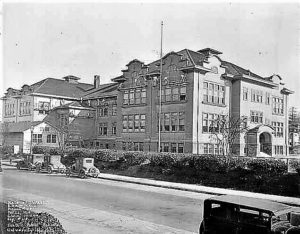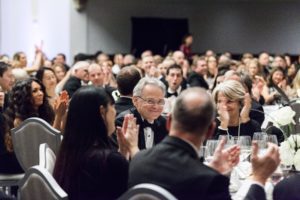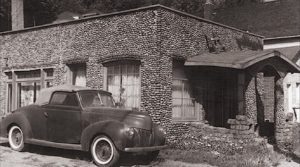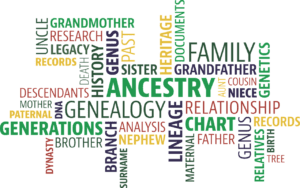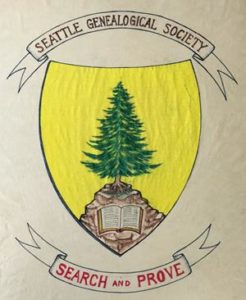Last month, Seattle City Light announced “a long-term lease and operating agreement with the newly formed Georgetown Steam Plant Community Development Authority (GTSPCDA), a non-profit organization dedicated to continued public use and restoration of the building. The agreement allows the GTSPCDA to assume programming and operations of the Georgetown Steam Plant, a nationally recognized and historically significant landmark in Seattle’s historic Georgetown neighborhood in the heart of the Duwamish Valley.”
In addition to being the recipient of Historic Seattle 2019 Best in Neighborhood Preservation Award, Sam Farrazaino, as described in the City Light article, “is the lead of the GTSPCDA team and is building on his past successes of redeveloping industrial properties for arts and cultural uses. As founder of Equinox Studios, Sam has championed affordable space for artists and artisans and fostered an engaged relationship with the Georgetown community and beyond.” In this month’s feature, we talked with Sam about plans for this exciting community-centric preservation project
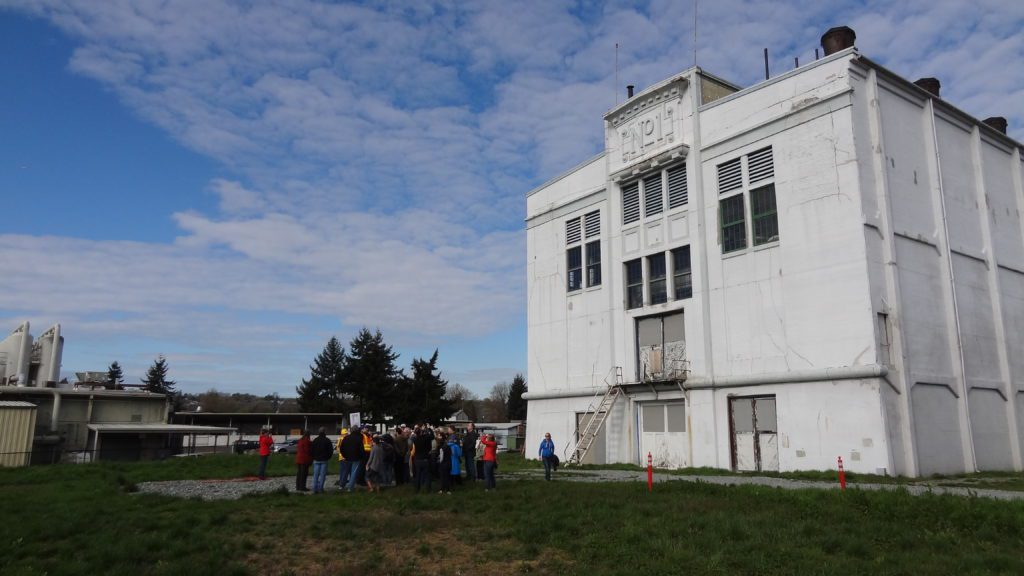
Can you speak to the process of forming the GTSPCDA? What challenges were there in establishing the CDA?
Well, the CDA is intentionally not fully formed yet. The committee that is in place now is only meant to provide the framework for the community to come into, to form, and actually be the CDA. We haven’t formalized bylaws, or the board, or any of those pieces because we want the community to come in and be a part of that process. When we start the community engagement process, we will go through the steps of sort of distilling the large community first, into what we’re calling a Community Programming Team. This group will consist of folks that want to throw their voice into what this building will become. Next, will be the Community Advisory Team, which will consist of people with expertise in certain areas that we can call on and collaborate with for specific things. The final step of that process will be to build the board out of those layers of community. Once we build that board, and have good representation from the community, then we will leave it to the board to write the bylaws and apply for federal status.
What aspects of the GTSCDA’s proposal do you think resulted in the project’s selection during Seattle City Lights request for proposals?
I think the collaborative approach, the fact that we want to partner with City Light and the community, the comprehensive community aspect of things is what really shined and ‘won the bid,’ if you will.
What does your experience developing Equinox bring to plans for the Steam Plant?
Equinox was born and bred little by little, it’s been an organic process that has been shaped in large part by the people that have come to it. Whether its new people coming to the building, or us reaching out to the public, whether its people throwing their ideas in, their space in, or their money in, all of that engagement informs the evolution of Equinox. It’s in fact why Equinox has evolved. The Steam Plant is interesting because without the community, it is just sitting there, it’s static. Being able to partner with a lot of organizations and enabling them to come in and program there, that will bring the dynamic nature to it, that will bring the life into it. As was the case with Equinox, we first need to make the Steam Plant building safe (stabilizing, fire, seismic, etc.), and get it accessible to as many people as we can with elevators, ADA exits, etc. and then our hope is that over the next 100 years or more the community will really live into the building. It is a National Historic Landmark, and the community here will be the stewards of it, but it is really a national resource, and we really want it to live up to that expectation.
Do you feel personally connected to the Steam Plant’s history or to Georgetown’s (industrial) history in general?
I don’t have a personal history here other than the 26 years or so that I have been coming and going and playing and working in Georgetown. I’m not from here, and I didn’t grow up in a steam plant (haha), but all my life I’ve been drawn to spaces like this. I really love the sculptural, creative, elements of function — the mechanics of industry, gears, turbines, the noise. Mechanical collaboration, this idea of all of the parts and pieces coming together to create whatever you’re creating, is super inspiring to me.
I would LOVE to somehow have a window into when this plant was operating. In fact, we’ve actually been talking to Arts Corps, who is on our team, about creating VR tours where you could step into what it may have been like, maybe feel the heat, hear the noise, and smell the smells. That, to me, would be so awesome!
What are some of the big challenges this project is facing?
Getting it right. The biggest challenge is making sure that we have truly authentic community engagement and that we’re being equitable and inclusive in everything that we do — in all of the processes. From selecting contractors and consultants, right down to the day-to-day use of the plant. We are not just trying to check boxes, we are actually trying to get as deep down into the community as we can and that takes time, energy, space, and money. One of our team member’s mantras is “moving at the speed of trust.” This means getting the community to that level where they trust the organization, trust the project, and really feel like they are an authentic part of it. It’s about making sure that this is really a community-driven and community-used resource and asset. Our goal is really getting that right.
The second biggest challenge is probably the money. Getting to the $20M we need (this is our working figure) will be a huge lift financially.
The last part is figuring out the actual details of things. Like, ‘how do we incorporate seismic bracing, fire sprinklers, elevators, and life safety things into the building? How do we weave that into the structure in a way that honors its history and makes sense?’ It’s a big puzzle and a matter of figuring out how to fit the pieces together.
What are you looking forward to (in terms of the project) within the next year?
The pandemic is definitely a factor in that, how do we actually do the community engagement part in the midst of all of this. We are in the process of reaching out to the organizations we are involved with to determine how we outreach. How do we ensure we reach enough of the community? We have started seeking bids and permitting, etc., for some of the necessary physical upgrades, so that is exciting. Hopefully by February we’ll have enough of the other parts (life safety, etc.) in place so that when we launch community engagement piece, we have this vessel (the plant) and the framework ready. The question then becomes, “what do we (the community) want to do with this?”
Historic Seattle’s mission is to save meaningful places that foster lively communities. Place and community are at the center of our work. How do you envision this project/place fostering community?
From the actual day-to-day-ness of it. What the team has envisioned is for the plant to be open to the public every day, for people to experience it in that museum sense, dig into some of its history, and be inspired by it. Another part of the vision of the plant is as a daily educational facility, where people can learn in and from an inspiring space, and where people and partner organizations can bring kids of all ages in and program there. On the event side of it, it’s about bringing the community in in different ways. Whether it’s centered around celebration – like a wedding or a nonprofit gala — or it’s a community meeting, having the community really see themselves in this space is what we want to create. It’s about that invitation to have the community own this, to really hold it, and then activate it.
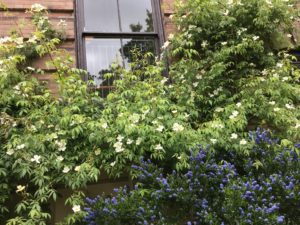 Tara says, “It has been a goal of mine for the past 8 years to create such a database, but I simply didn’t have the time. I also only know Excel which would not have been a sufficient system. This wasn’t as simple as just entering names but included identifying, mapping, and photographing plants requiring several trips to the garden.”
Tara says, “It has been a goal of mine for the past 8 years to create such a database, but I simply didn’t have the time. I also only know Excel which would not have been a sufficient system. This wasn’t as simple as just entering names but included identifying, mapping, and photographing plants requiring several trips to the garden.”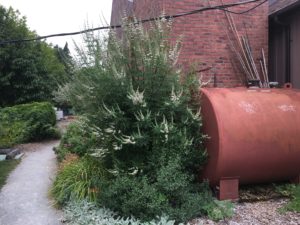 propagator, lecturer, and plant identifier. Since retiring to the Seattle area, she has been filling her time with projects like this and learning from plant identification experts about plants she is not yet familiar with.
propagator, lecturer, and plant identifier. Since retiring to the Seattle area, she has been filling her time with projects like this and learning from plant identification experts about plants she is not yet familiar with.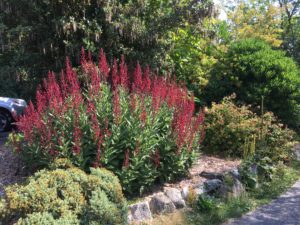 cool plants, because the former gardeners and current are plant people so they keep putting new things in…which is fun for a plant geek.”
cool plants, because the former gardeners and current are plant people so they keep putting new things in…which is fun for a plant geek.”